There’s something unusual about the jagged, snow-capped peak that lords over Anandapur… As train after train of travelers ascend into the heights of the Himalayas, a distant roar echoes among the windchimes. It must be the wind… and yet, signs throughout the village warn of something spectacular said to be hidden away in the snow… an ancient guardian fiercely protecting the sacred summit… Are you brave enough to tackle one of Disney’s most thrilling rides ever?
Our Modern Marvels series is growing, with each entry dedicated to telling the complete behind-the-scenes story of some of the industry’s most spectacular attractions. We’ve watched a monkey, music, and magic come to life on the unbelievable Mystic Manor, faced the fury of an ancient curse on Revenge of the Mummy, gotten the “scoop” on The Amazing Adventures of Spider-Man, toured the halls of Disneyland Paris’ one-of-a-kind Phantom Manor, trekked through one of Disney’s best rides ever, Journey to the Center of the Earth, and so many more.

Brought to life through astounding storytelling, unbelievable sets, innovative technologies, and one (record-)breaking Audio-Animatronics figure, Expedition Everest: Legend of the Forbidden Mountain joins our Modern Marvels library, and today we’ll ascend into the mysteries of Everest, look back on the making of Disney’s Animal Kingdom and its promise of “imagined” creatures, go for a wild ride through the legend of the Forbidden Mountain, and take a peek behind the legendary mists… And today, our story begins with a little evidence…
And before we head off, remember that you can unlock rare concept art and audio streams in this story, access over 100 Extra Features, and recieve an annual Membership card and postcard art set in the mail by supporting this clickbait-free, in-depth, ad-free theme park storytelling site for as little as $2 / month! Become a Park Lore Member to join the story! Until then, let’s start at the beginning…
Origin stories
1921. Led by the intrepid explorer Lieutenant-Colonel Charles Howard-Bury, the eight-man British Mount Everest Reconnaissance Expedition set off through Tibet in search of a scalable route to the peak of the tallest mountain on Earth. It happened along the Kharta Glacier, where the team stumbled upon the previously unknown Lhakpa La pass – the “Windy Gap,” a ridge between Himalayan peaks.
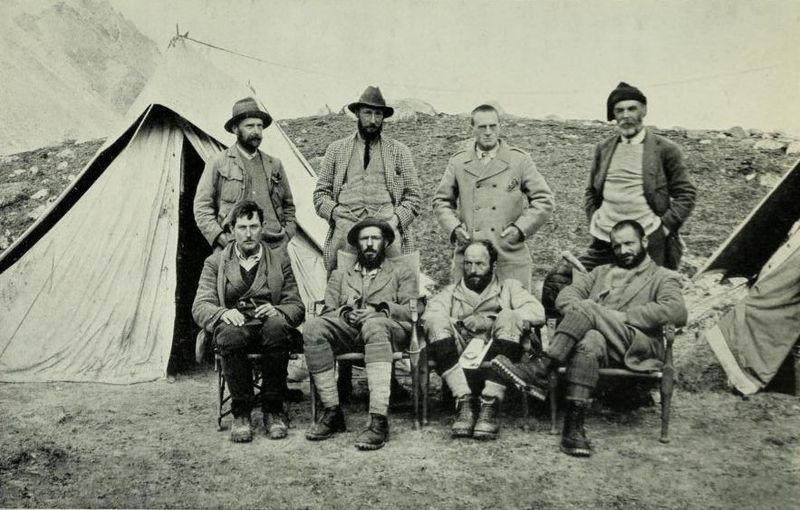
In this snow-covered col 21,000 feet (that’s nearly four miles) above sea level, Howard-Bury and his team made a most remarkable discovery… enormous footprints stamped in the snow. In his 1921 publication Mount Everest The Reconnaissance, the explorer noted aloud that they “were probably caused by a large loping grey wolf, which in the soft snow formed double tracks rather like those of a bare-footed man.” He was careful to note, however, that his Tibetan Sherpa guides “at once volunteered” that the tracks were that of the metoh-kangmi – the man-bear snowman.
Upon their return, members of the expedition spoke wildly of their near-miss with the “Wild Man of the Snows.” A writer for The Statesman in Calcutta interviewed the crew, mistranslating the word metoh as “filthy,” and taking a little artistic and dramatic license to choose the synonym “abominable.”
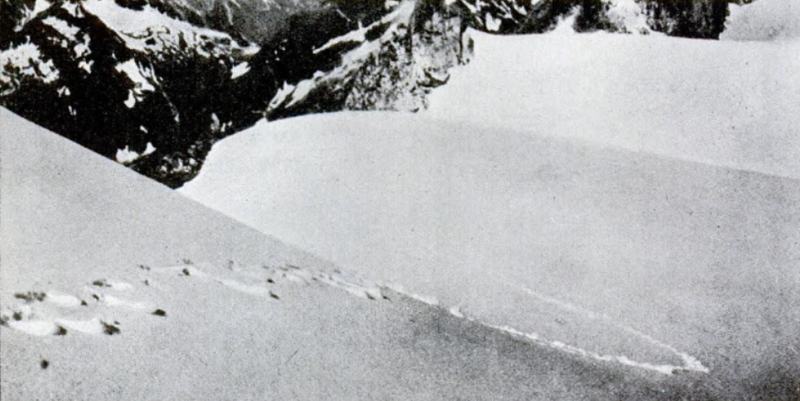
It wasn’t the first mention of the now-famous “Abominable Snowman,” and it wouldn’t be the last. Since at least the 1700s, stories were told of Himalayan Lepcha people who worshipped a “glacier being”; followers of the Bön religion believed in an ape-like mi rgod (“wild man”); in 1832, a British trekker retold tales of a large, bipedal creatures with long, dark hair seen by a northern Nepal village… his conclusion? It must have been an orangutan.
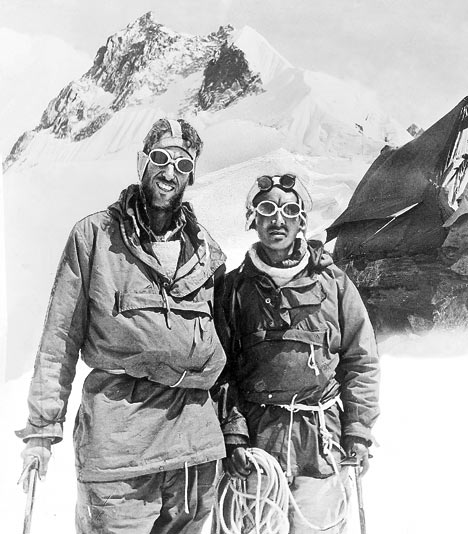
But it wasn’t until Howard-Bury’s 1921 reconnaissance expedition that Westerners descended on Tibet and Nepal making increasingly determined trips through the Himalayas and occasionally reporting seeing strange tracks or odd creatures…
No one would reach the summit of the tallest mountain on Earth for another 32 years (when Sherpa Tenzing Norgay would lead Sir Edmund Hillary up the peak in 1953, left), but decade after decade after decade, more and more evidence (from skeptical to pseudo-scientific) grew, only further fascinating would-be wanderers about this astounding natural wonder and its supposed mountain guardian… the “Yeti.”
Ascent to adventure
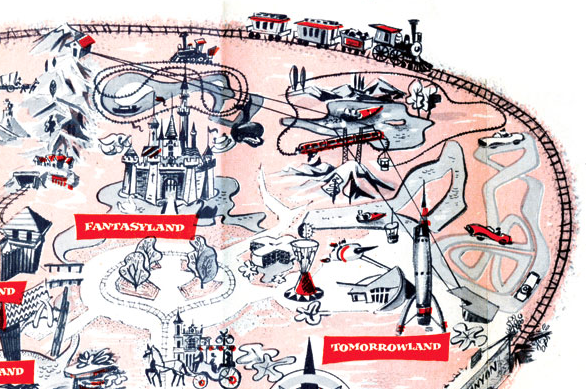
Disneyland opened just two years after Norgay and Hillary’s record climb. Perhaps unknowingly, the growth of the first of Disney’s famed “mountains” began then, too… In excavating dirt for the foundation and moat for Sleeping Beauty Castle, a large amount of sediment was displaced and set between Fantasyland and Tomorrowland (which, at that time, was not a throughfare). When the Skyride opened in 1956, the mound of soil was built up around the ride’s large central support pylon to disguise it, and the so-named “Holiday Hill” was dotted with benches and tables to encourage visiting families to picnic there.
Still, Walt began to envision covering the hill with artificial snow and operating a toboggan ride down its slopes. When the park’s construction chief, Joe Fowler, outright rejected the concept, Walt and his team instead began looking to the emerging “Wild Mouse” style roller coasters cropping up around the world, wondering if somehow they could incorporate a roller coaster into a dramatic, snowy, artificial mountain…

It all came together when Walt took an extended trip to Switzerland to oversee the filming of Third Man on the Mountain (a film no doubt buoyed by the real-life success of Norgay and Hillary, just as Disney’s 20,000 Leagues Under the Sea was partly green-lit over the actual successes of nuclear subs crossing the Arctic). Set against the beautiful Swiss Alps in the “golden age of alpinism,” the film followed one man’s brave ascent up the legendary Matterhorn to fulfill his father’s dream.
Walt, it’s said, was so deeply moved by the snow-capped, distinctive Matterhorn, he purchased a postcard with it, addressed it to his lead architect in California, and on the reverse simply wrote, “Vic – build this. Walt.”
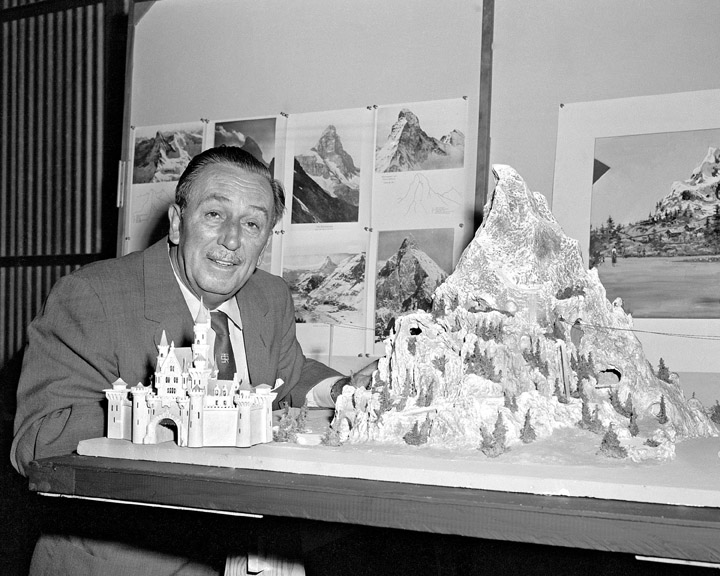
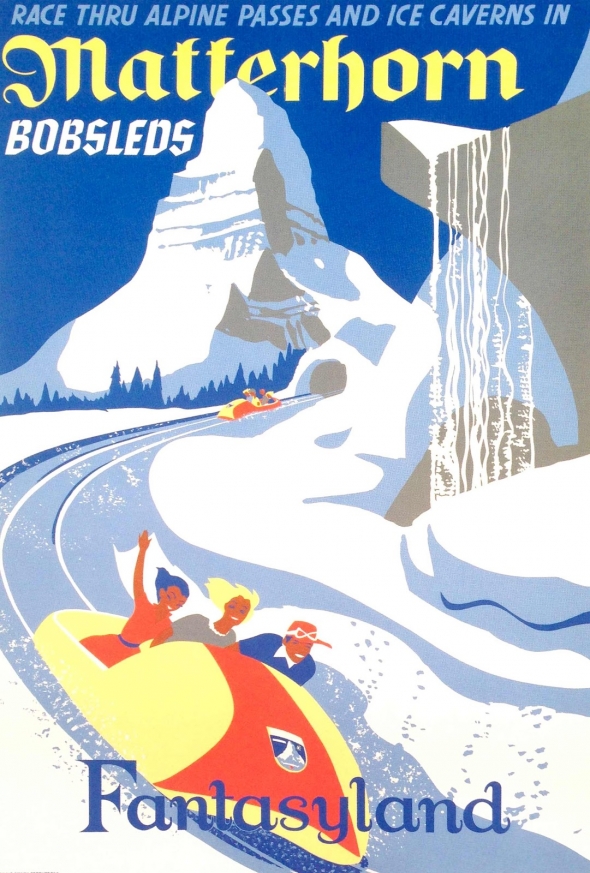
Naturally, Matterhorn Bobsleds opened in 1959 as part of the largest expansion in Disneyland’s history (with Submarine Voyage and the Monorail opening the same day, each earning the newly-created “E-Ticket” designation). The first tubular steel-tracked roller coaster in the world, Matterhorn Bobsleds became an enduring icon of Disneyland and, to this day, remains a Disneyland exclusive.
Of course, Disney Parks would soon become synonymous with “mountains…” Space Mountain, Big Thunder Mountain, and Splash Mountain would follow, each becoming Disney standards.
But of great note to today’s story, Disney wasn’t done with the Matterhorn. In the 1970s – two decades after Walt’s trip to Switzerland – Imagineers revisited the Disneyland original. First, the Matterhorn was “moved” from Tomorrowland to Fantasyland, accentuating the storybook aspects of the forested queue, Bavarian station, and whimsical toboggan ride.
Then, in 1978, a major reimagining literally and figuratively filled in the mountain. Where riders during the first two decades had plunged through the dark, hollow interior of the mountain, it was now redesigned to feature icy caverns and crystal grottos, all underscored by howling alpine winds.
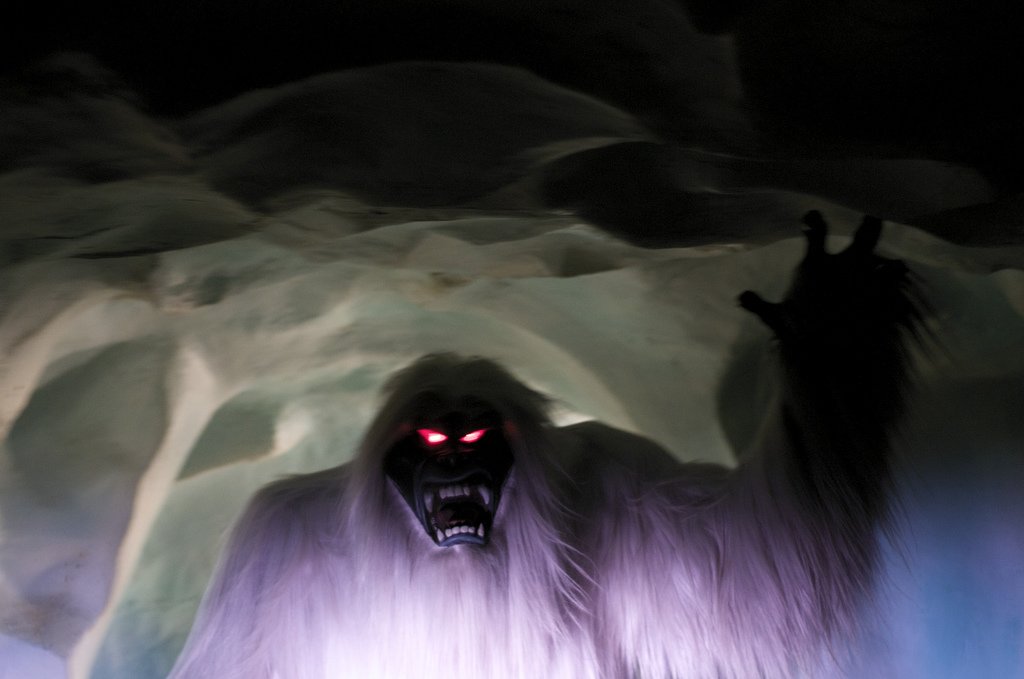
Perhaps most notably, the mountain also became home to something surprising… throughout its frigid tunnels and darkened runs, the Abominable Snowman took up residence, protecting the mountain from intruders (…that’s us). Two times during the ride, tobogganers would be attacked the Audio-Animatronic snow monster. Even if this “ghost of the Alps” was a long way from its Himalayan origin story, the distant, echoing roar of the abominable snowman over the alpine wind became a staple of Disneyland… and inspiration for an entire genre of animatronic encounters…
A new breed
Now, our story leaps ahead two decades.
In the early 1990s Walt Disney World was still a massive, international resort, but it had one fewer theme park than it does today. That was soon to change. In 1995, Disney announced an unprecedented fourth theme park that would join Magic Kingdom, Epcot, and the Disney-MGM Studios that had opened just six years earlier. When Disney’s Wild Animal Kingdom opened in 1998, it would be an entirely new kind of theme park

From the very first conceptual renderings, it was clear that this new Wild Animal Kingdom would be a striking departure from (and perhaps even a counter-strike against) the still-new studio park. Dispensing entirely with the “behind-the-scenes” motif and the beige “backlot” soundstages and mixed intellectual properties that marked such ‘90s studio-themed parks, Wild Animal Kingdom would instead set course for the unknown, inviting guests into real, habitable, photorealistic African villages, collapsed Asian ruins, overgrown natural oases, and the encounters with life – both living and legendary – that underscored each.
With more than 1,000 living animals sprawled around 500 acres (compared to the original Disneyland’s 85 acres), this new breed of theme park would turn guests into adventurers, setting off into the unknown and becoming immersed in the cultures of the corners of the planet… Food, music, hospitality, energy, and romance all predicated upon our connection with nature and the animals – “real, ancient, and imagined” that surround us.
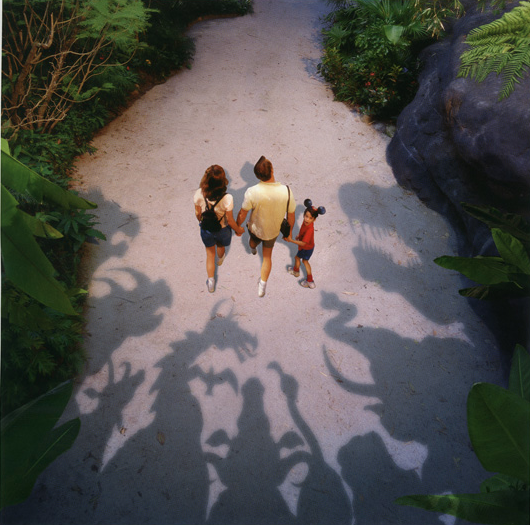
From the start, Imagineers and executives knew they’d have a serious question to contend with: what would make Disney’s Wild Animal Kingdom different from their much closer (and much cheaper) local zoo? And boy did they have a beastly answer! Read on…


